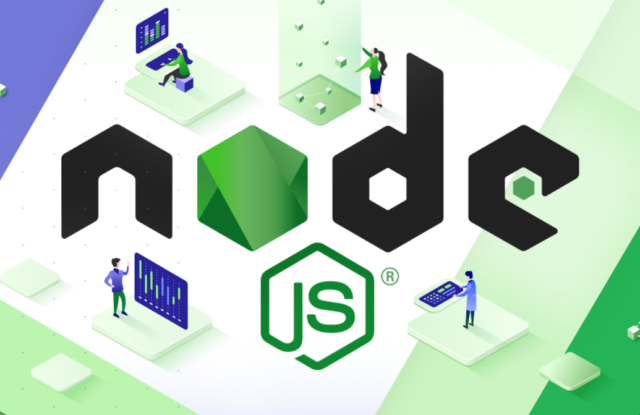
Well, it’s rather obvious what would be our final verdict if we took into consideration all the pros and cons of the open-source, cross-platform Node.js. If you would like to see the direct relationship between Node Js and the developers that use the tech, it’s enough to work with programmers on a Node Js project for a short amount of time and see why Node Js is the developers’ first choice in many situations.
While Node.JS is not the only JavaScript development environment, it is probably the most often used one. The latest graph from Statista, which is a market and consumer data company, reveals that mobile app developers prefer it to other options by a considerable margin, with more than 49% of respondents reporting routinely using Node.js. Precisely that is the reason for project owners more and more paying attention to Node js as a reliable tech and looking out to hire a developer with Node js today more than ever before.
Today we will explore some of the advantages and disadvantages of Node.js in this post and learn more about the technology that can be used for your newest mobile applications. This runtime environment can provide you with the horsepower you need to develop very supple yet complicated, even VR mobile apps. Node Js will provide whatever your app needs to operate on tablets or smartphones. So let’s talk about how Node js does it. But before we go into it, let’s dive into the Node Js basics first.
What is Node.js?

The JavaScript running environment is free and open-source, cross-platform. It is a complete stack development environment that splits jobs into totally independent “nodes” primarily for the server or client-side of a mobile application.
After all, it has been built mainly for this reason – the independent nodes, and around it, an entire ecosystem was created with specialized open-source modules.
Nodes are what make this platform so helpful for programmers, no matter whether you are creating iPad, iPhone, or Android apps. Because each job is divided into different node routes, tasks may work fluidly and simultaneously without locking up the server and excessively consuming capacity.
A node refers to this as a pattern of “microservice,” with each one an autonomous path to a specific service. This is an ingenious technique to split an app into its tiniest pieces.
However, it is an extremely effective technique for handling mobile apps, which require speed, accessibility, and precision.
How do Node Js’s microservices work

The best way to show how a typical application is arranged is by a diagram. An exclusive Node is provided to feasts like client emails, shopping carts, or portal queries, and such autonomous sections can work with each other or the primary application itself.
This structure has extraordinary consequences for the framework. This enables Node.js to operate a single thread via non-blocking I/O operations has one major advantage.
Because of this capability. It can manage tens of thousands of competing threads maintained in an event loop.
It should be noted here that Node is not the only single-threaded framework. However, it is one of the most common and widespread. And understanding how this crucial advantage may work for you is vital.
Node JS and Laravel

It is well known that Laravel developers for hire are in huge demand today in the world because for many reasons that show how effective Laravel can be, and one of them is using it in one platform with Node JS.
For example, one of them is for a real-time chat system. Of course, a piece of certain knowledge is always needed, but that is not a problem since you can find many tutorials on the internet that are extremely helpful to learn how to use Laravel and Node JS. The options are always endless; you just have to focus on the learning process and get the best out of every possible situation.
And if you also want to hire someone that already knows how to do this, you can click here and see some of the top Laravel developers in the industry today.
How Node.js functions on a unique topic – the real world

So how is this going to happen in the real world? Imagine for a while a fitness app that has several essential fields: user tracking, online video lessons, online payment, and even email marketing or CMS. Depending on the user, some nodes will be tracked more than others. For example, some users may not utilize the location area service.
The apparent approach is to scale up the most commonly used area. However, this is not viable for many monolithic app development systems. However, its capacity to selectively scale is one of Node.js’s main strengths.
This feature makes it a preferred option for creators of huge, immersive apps such as mobile gaming, entertainment, banking, and any app that demands a lightweight, scalable solution.
Its simplicity can also help build the Web and the Web, particularly since mobile iPhone applications, Android, and iPad interact with a client’s web environment. Thanks to its quick processing, UI/UX development may be pushed to a new level.
Final Words
It is obvious right away why Node Js is a great choice for a mobile app project since it is also a powerful cross-platform way to execute code, and it is scalable and light at the same time. Its model is an extremely efficient one that thrives in making real-time apps, and it can also be used for micro services, among many other things.
Last but not least, it is enough to mention that it has more than a billion downloads by now, which everyone will admit that it is more than impressive. So, don’t waste any more time and start your next mobile app project with Node Js in order to use all the advantages it provides. Create something special and unique in an easy way!












